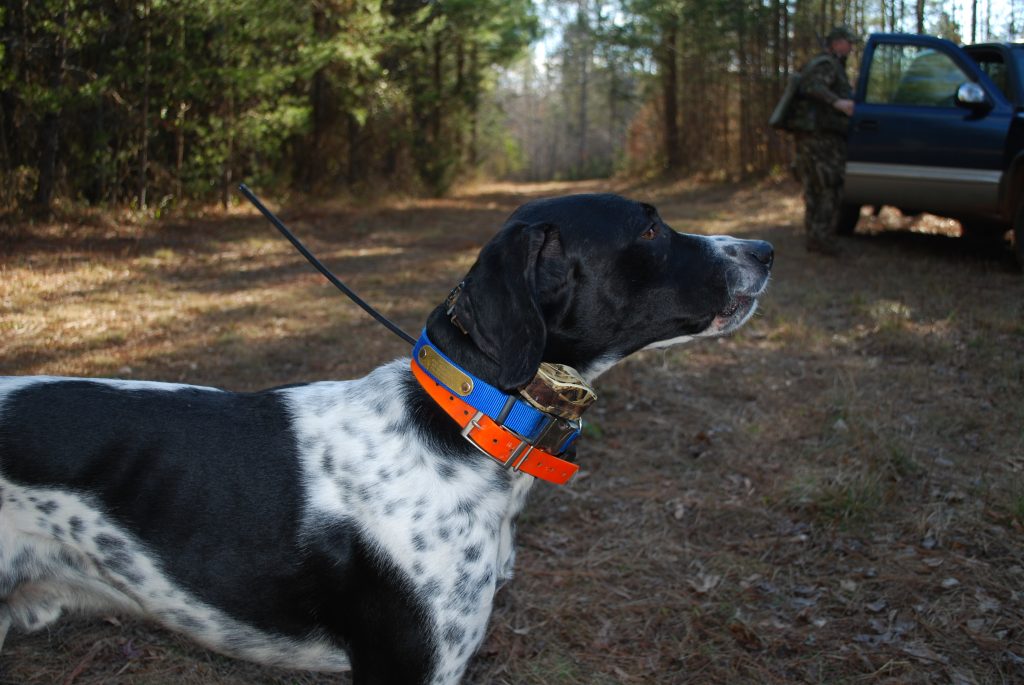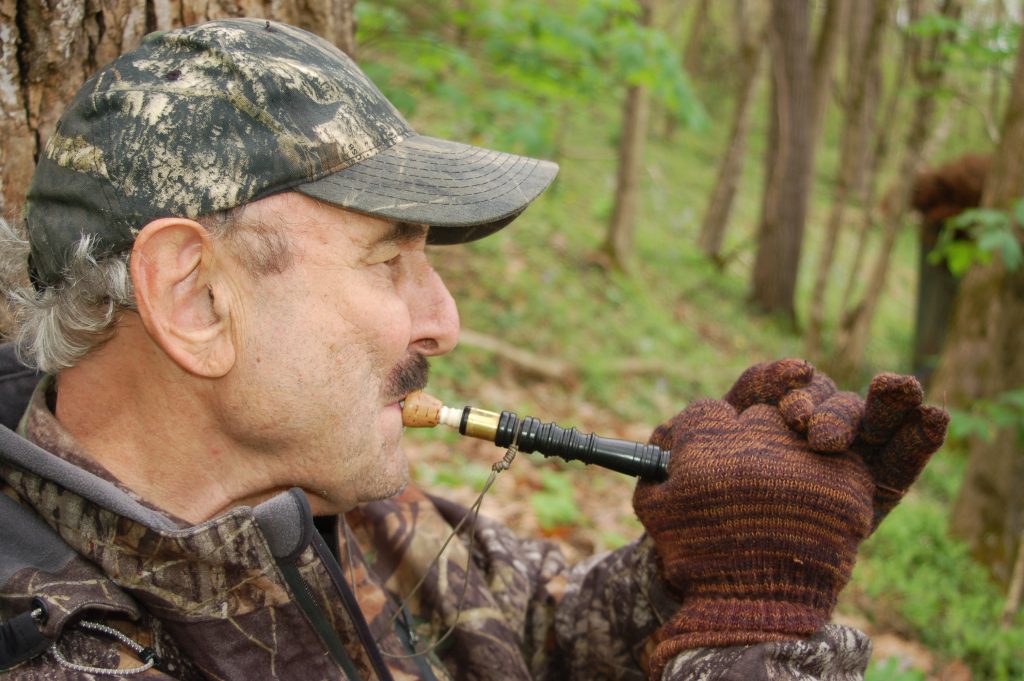Fall Talk
Two veteran hunters share their calling, scattering and setup secrets for targeting autumn jakes and gobblers.
With turkey populations declining in many states, some fall hunters are concentrating on gobblers and jakes. With that in mind, here are some strategies for longbeards and shortbeards.
Tactics for Calling Mature Gobblers During autumn, Larry Proffitt, of Elizabethton, Tennessee, hunts turkeys in many states. He offered this advice for mature toms.
“I really believe in emptying my gun on a scatter,” he said. “It generally spooks them enough that the hunter has time to assess the best place to make a hide. Some hunters espouse the idea of waiting an hour or more to begin calling scattered mature gobblers. My experience with longbeards, though, has been to start calling as soon as I’m well concealed and set up. I start calling cautiously with gobbler clucks and the jake kee-kee run.”
Several years ago, Proffitt busted “a bunch of big-headed turkeys” that ran into a weedy patch about 75 yards in front of him. He then shot three times over their heads, and the trio scattered in various directions. Then, he hurried to a mature forest bottomland.

As soon as Proffitt set up, he began gobbler clucking and ran loud, incessant kee-kee runs on a trumpet call. Soon, a gobbler started yelping frantically and ran to the calls. A little while later, the bird was on the ground.
Of course, many times after a scatter, hunters might not hear a sound from their quarry for hours, Proffitt said. That’s why going to extreme lengths to be well-hidden is so important. Proffitt said evergreens with low-hanging branches, such as white pines and red cedars, make excellent natural blinds. He will even take time to build a small triangular fort-like structure around him up to chest level. The bastion should be between the two compass points where hunters saw most of the birds scatter. Also, it’s extremely important for the hide to be where gobblers will be in range before they become alarmed about not seeing the source of calling. After you’re set up and concealed, “Be patient for as long as you have to hunt that day,” Proffitt said.
Marlin Watkins, a custom box-call maker from Summitville, Ohio, said that if the terrain is unfavorable for scattering a gang of mature birds, he opts for another approach.
“Before dawn, I’ll try to move in and set up about 150 yards from a flock of old gobblers,” he said. “When they first fly down, the gobblers will have to sort themselves out concerning who is going to be the boss for the day. There will likely be some chasing, displaying and fighting.
“Meanwhile, I’ll be mixing in some gobbler clucks, yelps and the occasional gobble. My goal will be to make one of those toms break off and come to me. My friend Ron Bolyard, of Ravenna, holds my box call vertically and slowly pulls that lid downward to make a deep gobbler yelp, which is a really good sound to make in that situation.”
Tactics for Calling Jakes
Watkins uses his boat-paddle box to lure jakes.
“In the fall, hunting jakes really starts when they either leave the flock hen or she kicks them out,” he said. “I predominantly only make the jake kee-kee and gobble. To make a jake kee-kee, I’ll position the paddle at the top of the left rail and push down while moving it left to right. For the jake gobble, I’ll use that same boat paddle and rattle the lid back and forth.”

Watkins agreed with Proffitt about the importance of scattering a flock by shooting into the air over the birds. That’s why Watkins brings three or four cheap shotgun shells on every outing. And it affirms why a good scatter is arguably more relevant to success than the sounds hunters make afterward.
“One of the best ways to kill a jake, or a gobbler for that matter, is to roost them the night before and come back the next morning while it’s still pitch dark — a good 45 minutes before sunrise,” Watkins said. “Walk through the roost trees and knock a stick against the trunks. That will make them leave the roost, but they’ll probably only fly about 40 or 50 yards. So then start walking in ever-widening circles about 40 to 50 yards from where you started. Keep doing that until you’re about several hundred yards from where you started, and you’ve really separated that gang.”
If you can’t roost birds the night before, Watkins suggested walking ridgetops after daylight until you find a hollow where you can run downward and scatter a flock. But perhaps the most effective scatters occur when a well-trained turkey dog encounters a flock and sends them in various directions.
The Sequence and the Callers
Larry Proffitt has two favorite calling strategies for gobblers and jakes.
“I start with gobbler or jake clucks,” he said. “If one answers, I do some jake kawking behind an abbreviated jake gobble. Jake kee-kee runs are particularly advantageous at times: a yelp, two kee-kees, and a yelp. Phonetically, it’s ‘yonnnk, kee-kee, yonnnk.’”
He uses a Roger Parks Gobbler Slate for gobbler clucks and yelps, and gobbles with a Primos True Double diaphragm.
“I’m also a big fan of the Zach Farmer trumpet call,” he said. “I have one in particular that I use to make jake kee-kee runs to lure in gobblers. Each call has a different sound when a different person uses them. For whatever reason, that Farmer trumpet call makes a great jake kee-kee with the particular way I use it.”

